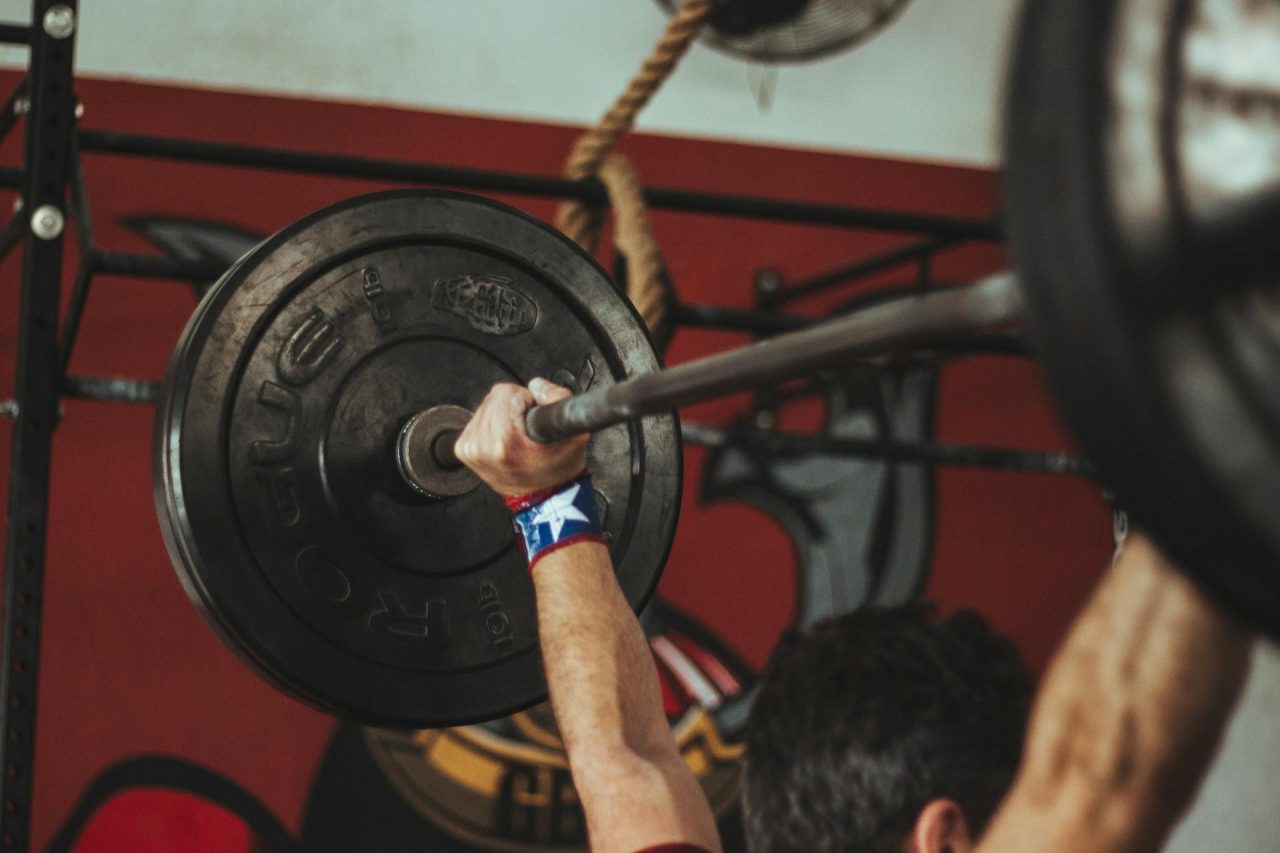Wolfgang Baumann et al analyzed the snatch lifts in the 1985 world weightlifting championships. From this, they published an article that is essentially two studies in one article:
- Examine the kinematics (time and space) of the ten best lifts from the four first-place athletes in the 60, 75, 90, and 110+ kg weight class lifters (A group lifters) and compare them to the ten poorest lifts from the B group weightlifters.
- Examine the kinematic and kinetic (force), along with joint moments, for lifts by Shalamanov (now known as Naim Suleymanoglu) who snatched 143 kilograms in this competition, Vardanyan who snatched 177.5 kilograms, and Krastev who snatched snatched 202.5 kilograms in this meet.
I’m going to focus on the kinematic comparisons between the best and poorest lifts in the four weight classes as this is probably most relevant to most readers:
- For all lifters, the barbell moves towards the lifter during the first pull. This ends up causing the lifters to jump backwards to receive the bar after the second pull. In 1985 this movement towards the lifter was a new technique.
- As the lifter performs the second pull, the barbell initially moves away from the lifter (as the explosive part is performed) then moves back towards the lifter as they move under the bar.
- If you were to draw a vertical line from the barbell’s initial position on the floor at the start, at no time does the barbell cross that vertical line during the performance of the better lifters.
- The lower quality lifters show a great deal more variability in their barbell paths and cross the vertical line mentioned above.
- As the weight on the barbell increases, it is lifted to a greater height. The authors point out that this is misleading as those lifters lifting heavier weights are also taller, for most attempts the barbell is being lifted to around 60% of the athlete’s height.
- As the weight classes increase, so do the velocities of the bar. For example, the four best lifts in the 60 kilogram weight class achieved an average maximum velocity of 1.65 meters/second. On the other hand, the 110+ kilogram weight class achieved a 1.80 meters/second average maximum velocity. Having said that, the A group lifters had smaller maximum velocities than the B group due to lifting heavier weights.
What distinguished the A group lifters from the B group lifters? According to the authors it is the fact that the A group lifts the barbell to a shorter maximum height (i.e. more efficient lift), the greatest velocity is smaller in group A (i.e. more weight is being lifted), and the duration of the lift is shorter for the A group.
It’s an interesting study because of the fact that the authors consider the bar moving towards the lifter in the first pull to be a novel technique (so this is interesting documentation of that shift). Noting that it is important to minimize the movement of the bar away from the body is relevant to most lifters regardless of ability level. The author’s guideline of lifting the bar to a height equivalent to 60% of the athlete’s height is something that I have not seen before – I’m curious to find out if that holds up.
Baumann, W., Gross, V., Quade, K., Galbierz, P. nad Schwirtz, A. (1988). The snatch technique of world class weightlifters at the 1985 world championships. International Journal of Sport Biomechanics, 4: 68-89.




